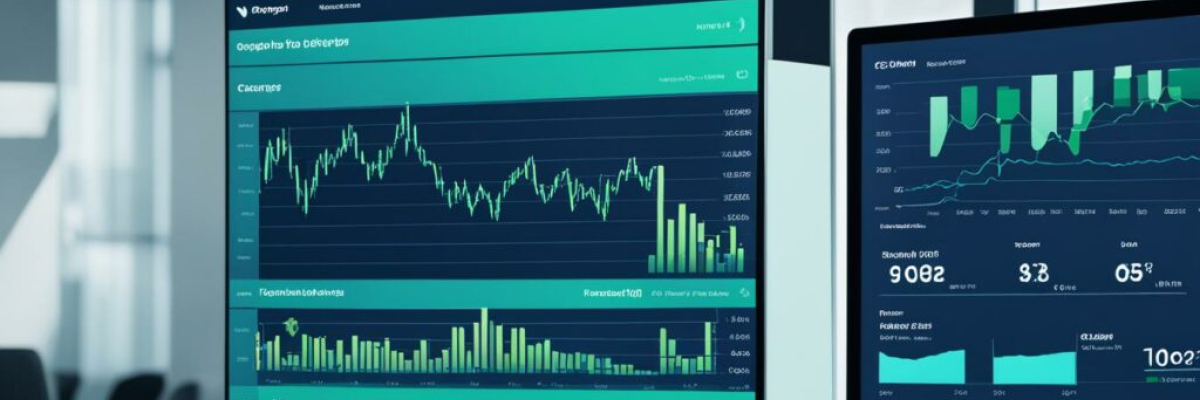Gold’s Role in Central Banking, According to the Dutch Central Bank
In an illuminating discourse, Aerdt Houben, who holds the esteemed position of Director of Financial Markets at the Dutch Central Bank (DNB), emphasized the strategic augmentation of the institution’s gold reserves. He expressed a robust conviction in the precious metal’s capability to act as a fail-safe during a global financial meltdown.
With a prevailing trend of increased gold accumulation reported among several European central banks, the DNB has not lagged, amassing an impressive 612 tonnes of gold. The value of these reserves is approximate to a striking 35 billion euros—an amount that equates to 4% of the Netherlands’ Gross Domestic Product. This allocation mirrors the gold holdings strategy of other European powerhouses like France, Germany, and Italy. Indeed, the Netherlands proudly holds a position among the top ten central banks when their gold reserves are weighed against their GDP.
The Argument for Gold as Economic Shield
Gold’s time-honored stability and intrinsic value are key reasons Houben views it as a substantial protective asset for the country. “I think it’s more than enough because if everything collapses, then the value of those gold reserves shoots up, it skyrockets. Secondly, you don’t have to fully cover it,” Houben affirmed in a recent discussion on the subject.
Emphasizing gold’s fungibility, liquidity, and global acceptance, Houben envisions it as a superlative commodity that could serve as the very foundation for an exchange rate system. This perspective sits at the core of his confidence in gold, especially considering its potential utility should there be an economic downturn of significant proportions.
Speculations among gold market analysts like Jan Nieuwenhuijs allude to a potential decline in trust toward the Euro. Notably, this increasing gold accumulation could hint at a contingency plan for a potential shift back to a gold standard, something central banks are likely contemplating in the background. Countries such as China have been persistently bolstering their own gold reserves, with figures reportedly crossing 2,113 tonnes recently, marked by an eleven-month streak of persistent gold purchasing activities.
Nieuwenhuijs posited a speculative but intriguing notion: “Indirectly, the Dutch Central Bank seems to advocate for private gold ownership as a safeguard against financial upheavals, subtly nudging us towards the plausibility of a monetary system anchored once again in gold.”
Is a resurgence of the gold standard on the financial horizon a feasible notion? Your perspectives are welcomed in the comments below.

Frequently asked Questions
1. What is the Dutch Central Bank’s stance on gold in preparation for a financial collapse scenario?
The Dutch Central Bank’s director has recently expressed a bullish stance on gold, stating that it is a crucial asset to hold in preparation for a potential financial collapse scenario.
2. Why does the Dutch Central Bank consider gold valuable in times of financial crisis?
The Dutch Central Bank considers gold valuable during financial crises due to its historical role as a safe haven asset. Gold has proven its ability to retain value and act as a hedge against economic uncertainties.
3. How does the Dutch Central Bank plan to incorporate gold into its preparations for a financial collapse?
The Dutch Central Bank plans to increase its gold reserves as part of its strategy to prepare for a potential financial collapse scenario. This involves not only buying more gold but also repatriating a significant portion of its gold holdings currently held abroad.
4. What impact does the Dutch Central Bank’s endorsement of gold have on the market?
The Dutch Central Bank’s endorsement of gold can have a positive impact on the market. It could serve as a signal to other central banks and investors, potentially increasing the demand for gold and driving up its price.
5. Are there any risks associated with the Dutch Central Bank’s gold-focused strategy?
While the Dutch Central Bank’s gold-focused strategy may be seen as a prudent move, it is not without risks. Gold prices can be volatile, and investing heavily in a single asset class may expose the bank to potential losses if the price of gold declines significantly.
6. How does the Dutch Central Bank’s gold strategy affect the average citizen?
The Dutch Central Bank’s gold strategy may not have a direct impact on the average citizen in the short term. However, it can indirectly affect the economy by influencing the overall stability of the financial system, which can have implications for individuals’ savings and investments.
7. Is the Dutch Central Bank’s gold-focused strategy a reflection of a looming financial collapse?
The Dutch Central Bank’s gold-focused strategy should not be interpreted as a confirmation of an imminent financial collapse. Rather, it is a precautionary measure taken by the bank to enhance its resilience and ensure it is prepared for potential economic challenges in the future.










